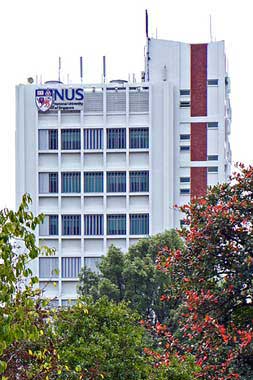Scientific Break-Through in Singapore
The National University of Singapore has been instrumental in what many scientists are calling a ‘significant break-through' in the development of molecular devices, which is good news for consumers of the latest technology it seems.
It has taken years of research by a team of scientists from the Tyndall National Institute at University College Cork and the National University of Singapore to come up with the design and configuration of these miniature devices which help to make electronics more energy efficient. It was their ambition to discover how the devices work on a molecular level and increase the overall productivity.
It occurred to them that only a small change can deliver miraculous results on this scale, as with the addition of just one carbon atom they have noticed a ten-fold increase in efficiency. In the future this technology could help to cool down electronics that have a habit of over-heating and could be used in laptops and mobiles. But there could also be wider health benefits as electrical stimulation could be used in bandages to help promote the quicker healing of wounds.
The breakthrough research will be released to the press in February through Nature Nanotechnology. Dr. Damien Thompson (UCC) and Prof. Chris Nijhuis (National University of Singapore) headed the two groups which conceived of these new instruments, which uses the idea that molecules can act as electrical valves, or diode rectifiers.
Dr. Thompson said: "These molecules are very useful because they allow current to flow through them when switched ON and block current flow when switched OFF. The results of the study show that simply adding one extra carbon is sufficient to improve the device performance by more than a factor of ten. We are following up lots of new ideas based on these results, and we hope ultimately to create a range of new components for electronic devices."

